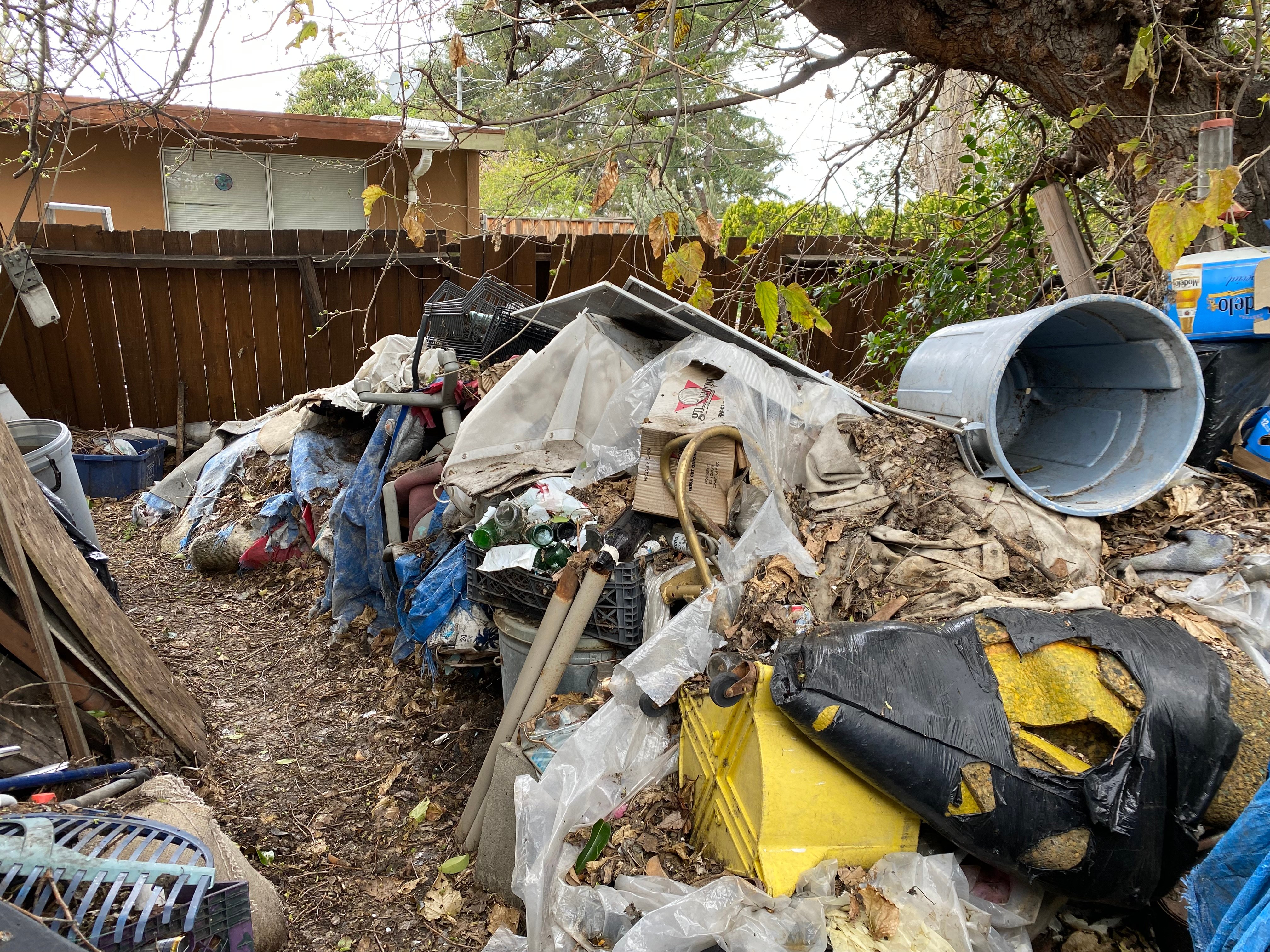
Every community knows the problem: one neglected property can quickly spiral from an eyesore into a serious health and safety hazard. Whether it’s a hoarded home, a vacant and vandalized building, or a structure damaged by fire, these public nuisance properties impact entire neighborhoods.
Understanding how a nuisance case escalates can help cities, counties, and even neighbors recognize when it’s time to act. And when all else fails, court-appointed receivership provides an effective path to resolution.
Early Warning Signs
Usually, signs of neglect have been compounding for years. In some cases, it’s been decades. A yard goes unmaintained, debris piles up, and trash begins spilling into public view. Code enforcement may receive complaints about:
- Overgrown weeds and trash accumulation
- Broken or boarded-up windows
- Unpermitted construction or unsafe DIY repairs
- Abandoned vehicles or illegal dumping
At this stage, voluntary compliance is often possible—owners or occupants may respond to the notices and correct any violations.
Health and Safety Hazards Emerge
When early signs are ignored, conditions escalate into hazards. Common issues include:
- Mold growth and water damage from leaks or plumbing failures
- Vermin and pest infestations spreading into neighboring properties
- Structural decay like rotting wood, sagging roofs, collapsing foundations
- Electrical or gas hazards that create fire risks
- Hoarding conditions making the property uninhabitable
By now, neighbors may feel unsafe, and first responders may be called repeatedly for small fires, trespassing, or hazardous conditions.
Enforcement Escalates
If notices and citations fail, code enforcement turns to stronger measures. Municipalities may:
- Issue administrative fines or penalties
- Record liens against the property
- Seek injunctions or court orders requiring abatement
But in many cases, owners are absent, unresponsive, or financially unable to correct violations. The property remains a public nuisance, and conditions worsen. Neighbors start to complain, and property values in the surrounding area take a dip.
Court-Appointed Receivership
When traditional enforcement reaches its limits, courts can appoint a receiver to step in.
A receiver is a neutral, court-appointed officer with the authority to:
- Take possession and control of the property
- Secure and stabilize unsafe structures
- Clear debris, remove hazards, and relocate occupants if necessary
- Manage rehabilitation or, if needed, demolition
- Violations are cured
- Recover costs through the property itself—not taxpayer funds
This makes receivership one of the most effective tools for resolving long-standing nuisance properties.
Real-World Example
In one case, a long-abandoned property posed escalating risks: unsecured entry points, vermin, and fire hazards. The record owner was deceased and heirs could not be located. After a receiver was appointed, the property was rehabilitated,—plumbing, electrical, roof, and structural repairs were made, —and the home was ultimately sold, with proceeds held in trust for any heirs who later claimed them.





This shows how receivership can resolve even the most complex situations where ownership is unclear and conditions threaten the community.
Griswold Receivers Takes Public Nuisance Properties From Problem to Solution
The lifecycle of a nuisance property often follows the same pattern:
minor violations → hazardous conditions → failed enforcement → court intervention.
Receivership provides municipalities and stakeholders with a final, decisive step to break the cycle, restore safety, and protect neighborhoods.
When communities face persistent nuisance properties, doing nothing is the most costly option. Through receivership, blighted or unsafe properties can be turned from liabilities into safe, valuable assets—preserving housing, restoring value, and improving quality of life for entire neighborhoods. Contact the Griswold Receivers team to learn more.

